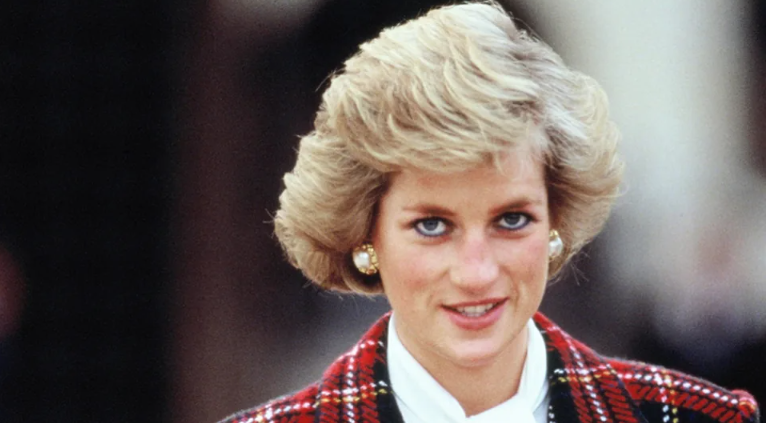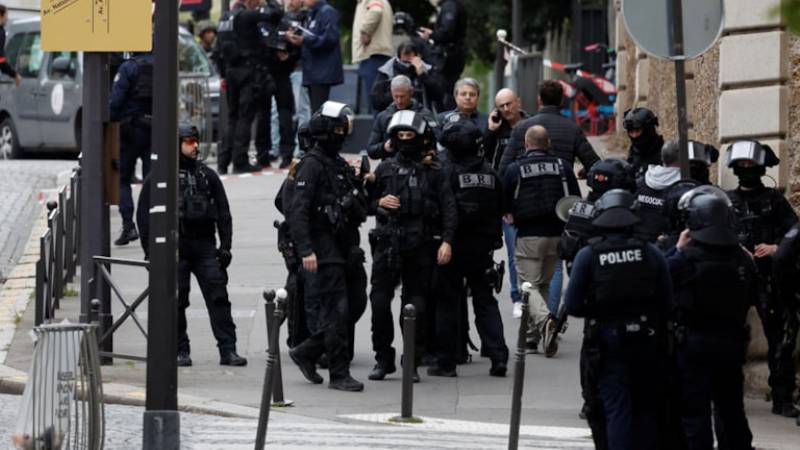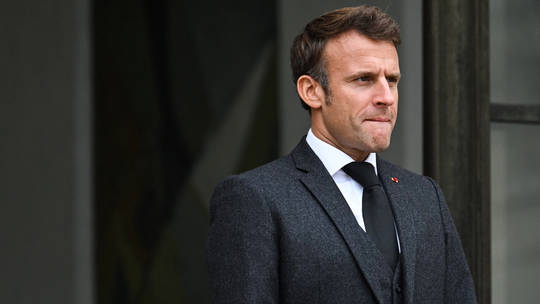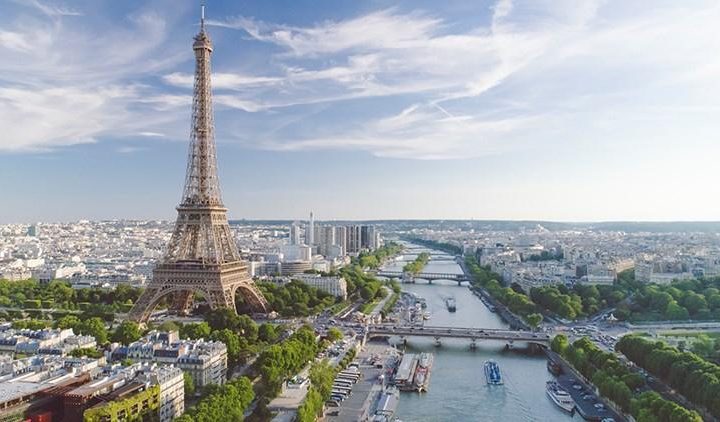As the calendars showed August 31, 1997, the world was shaken by a news from Paris, the capital of France. Diana, the beloved of millions, the ‘princess of the people’, had lost her life in a car accident.
The 36-year-old Diana had been divorced from the future King Charles for 5 years, but neither the public’s love for her nor the media’s interest in her had diminished… As a matter of fact, it was said that this endless interest caused the accident. According to the news, Diana and her new lover, Egyptian businessman Dodi Fayed, were avoiding the paparazzi during the accident.
It’s been 26 years since the accident, but the controversy over Diana’s death has never ended. Claims, theories and conspiracy theories about what happened that night have never left the agenda.
Finally, in the first four episodes of the final season of The Crown, one of Netflix’s most prestigious series, the focus on Diana’s last days and death brought the debates and question marks back to the agenda. The fact that the series left the details of the accident ambiguous also played a major role in this. The Crown focuses on Diana’s last hours and the aftermath of her death, leaving the question “What happened there?” unanswered.
So what do we know about Diana’s death? What do autopsy reports, eyewitnesses, investigators and other sources say? We examined it in 5 questions…
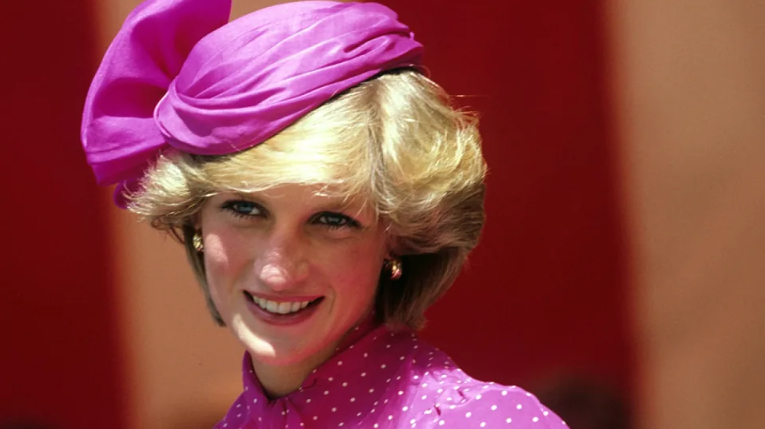
1) What happened on August 30th?
According to the ITV documentary Diana, Our Mother: Her Life and Legacy, Prince William, then 15, and Prince Harry, then 12, spoke to their mother a few hours before the accident.
The brothers were on vacation with their father, grandparents at Balmoral Castle in Scotland when they lost their mother. Diana had called the castle to speak to her children. Harry made the following statements in the documentary about that conversation:
“I don’t remember exactly what I said to my mother, all I remember is that I regretted the brevity of the conversation for the rest of my life. If I had known it was the last time I would have spoken to my mother, I would have said different things to her. If I had the slightest clue that my mother was going to be taken away that night, that conversation might have taken a very different shape.”
Prince William echoed his brother, adding: “Harry and I were in a hurry to say, ‘Goodbye, see you later, I’m hanging up.’ If I had known what was going to happen, I wouldn’t have been so exasperated. That phone call is very much in my mind.”
According to journalist Christopher Anderson in his book The Day Diana Died, Diana spent her last day with 42-year-old film producer Dodi Fayed. Dodi was the son of Mohamed Al Fayed, the Egyptian owner of Harrod’s department stores.
The couple, who spent more than a week yachting in the Mediterranean, departed from the Italian island of Sardinia on a plane owned by Mohamed Al Fayed and landed in Paris on August 30. Diana and Dodi, who stayed in a $2,000 apartment at the Ritz Hotel owned by Al Fayed, had dinner at the hotel on Saturday evening. A hotel employee who saw the couple in the restaurant would later comment to People, “They looked like teenagers in love.”
When they were informed that about 30 photographers were waiting outside the hotel, the couple left the hotel after midnight to go to Al Fayed’s apartment on the Champs Elysees instead of staying at the Ritz. Although three separate vehicles set off ahead to distract the paparazzi, most of the photographers continued to wait for Diana and Dodi.
The couple left the hotel in a Mercedes-Benz car. Henri Paul, the Ritz’s head of security, was at the wheel. The fourth person in the car was bodyguard Trevor Rees-Jones.
The distance between the hotel and the Pont de l’Alma tunnel parallel to the Seine was roughly 3 kilometers. Eyewitnesses told The Associated Press news agency that the car began to accelerate at the entrance to the tunnel. In fact, according to People magazine, the Mercedes-Benz reached a speed of 195 kilometers per hour. Andersen’s book also states that there were only 3 minutes between the car leaving the Ritz and entering the tunnel.
Meanwhile, Paul, trying to avoid a white Fiat Uno approaching from the right lane, lost control of the vehicle, hit the 13th pillar of the tunnel, flipped over and came to a stop in the middle of the road. Paul and Fayed died on the spot, while Rees-Jones and Diana were hospitalized with injuries.
Jerome Laumonier, a waiter who was close to the scene at the time of the accident, told People in 2016: “After the huge, violent and terrifying collision, only the sound of a car horn was heard.”
According to a 2008 NBC report, efforts by French police to find the white Fiat Uno in question were fruitless. In the same year, The Guardian reported that a jury at the end of the inquest into Diana and Dodi’s deaths had found that the driver and the paparazzi were responsible for the accident.
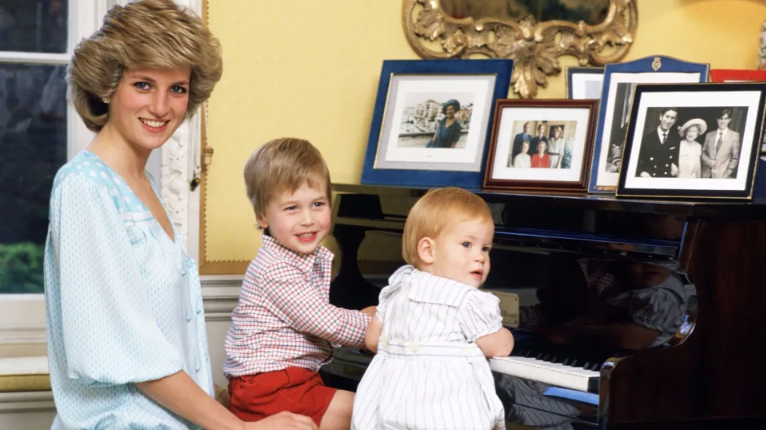
2) What were Diana’s last words?
Diana was alive when emergency crews arrived at the scene after the accident. French firefighter Xavier Gourmelon, one of the first responders, said in an interview with The Sun in 2017 after his tenure ended, “The woman, who I later learned was Princess Diana, was on the ground at the back of the car. She was moving slightly and I could see that she was alive.”
Gourmelon, who was a member of a team of 10 people who arrived at the scene a few minutes after the accident, would later say in an interview with the ‘Good Morning Britain’ program broadcast on ITV that he tried to calm Diana down, during which the words “My God, what happened?” spilled out of the Princess’s mouth and continued as follows:
“We took her out of the car and put her on a stretcher, and the doctor said her heart had stopped. After 20 seconds she regained consciousness and we transferred her to the ambulance.”
Gourmelon thought Diana, who was taken to Pitié-Salpêtrière Hospital in Paris, would live. But at around 5 a.m. he, along with the rest of the world, learned that the ‘princess of hearts’ had died.
According to Reuters, Diana, whose heart stopped once again in the hospital, was given heart massage and electroshock intervention for hours. However, since the internal bleeding could not be stopped, the intervention was terminated with the joint decision of the doctors and the princess was declared dead. The person who confirmed Diana’s death to the world was Robin Cook, the British Foreign Secretary at the time.
In a statement to The Independent, Gourmelon said, “I know she has very serious internal injuries now, but the whole incident is still very much in my mind. The memory of that night will stay with me forever.”
Prince Charles accompanied Diana’s sisters, Lady Sarah McCorquodale and Lady Jane Fellows, to Paris to take the body back to London. When the trio arrived at the hospital, Diana was accompanied only by her butler Paul Burrell and her chauffeur Colin Tebbutt.
3) What caused the fatal accident?
According to various sources, multiple factors contributed to the accident that killed Diana and Dodi.
According to both Anderson’s book and the BBC, numerous paparazzi were following the Mercedes-Benz carrying the couple on motorcycles before the accident. However, it is still unknown to this day to what extent this pursuit affected Henri Paul’s driving.
In a statement from the Paris Prosecutor’s Office, it was reported that tests conducted after the accident showed that Paul’s blood alcohol level was above the legal limit in France.
Moreover, according to CNN, Diana, Fayed and Paul had not fastened their seat belts. It could not be confirmed whether Rees-Jones, who was taken out of the vehicle seriously injured, was also unbuckled, but it is estimated that he was. On the other hand, speaking to the ’60 Minutes’ program in 2000, Rees-Jones said he did not remember anything about the accident.
After the investigation, the jury ruled in 2008 that the accident was the result of “gross negligence in driving”. Accordingly, both the driver Paul’s intoxication and the speed and demeanor of the paparazzi photographers following the vehicle had led to the accident.
According to The Guardian, the jury also found that the lack of seat belts for the deceased was also a factor.
The paparazzi continued to take photos after the collision instead of leaving the scene. In the BBC documentary Diana, 7 Days in 2017, Prince Harry said, “I think one of the hardest things to accept is that the people who chased my mother into that tunnel were also the people who took pictures of her dying in the back seat of the car. William and I know that. We’ve heard it over and over again from people who know the case. Those people who caused the accident were taking pictures of my dying mother instead of helping her,” he accused the photographers.
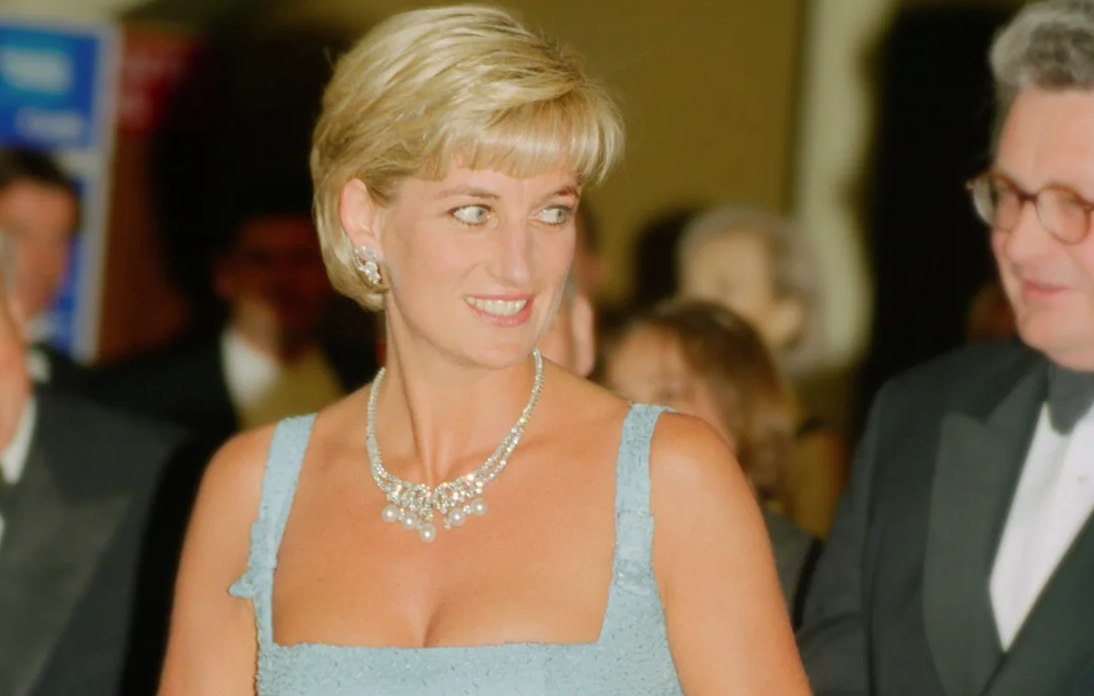
4) Why was Prince Charles questioned about the accident in 2005?
According to a report published in the Daily Mail in 2021, Charles, then still Prince of Wales, testified as a witness about Diana’s death.
The source of the report was John Stevens, who served as Scotland Yard Commissioner between 2000 and 2005. Stevens stated that he had personally interviewed Charles as part of Operation Paget, which was launched in 2004.
The reason for this was a note Diana had written in 1995, a year before the divorce. In the note, which was shared with the media in 2003 by her butler Paul Burrell, Diana wrote: “Sitting here at my desk in October, I long for someone to hug me and encourage me to stay strong and hold my head high. This stage of my life is particularly dangerous. […] she is planning an ‘accident’ in my car; brake failure and a serious head injury. Thus, the path of marriage could be opened for Charles.” At the time, Charles was rumored to be having an affair with Tiggy Legge-Bourke, William and Harry’s nanny. (Those who watched the fifth season of The Crown will remember the scenes in which Diana’s car’s brakes failed at the time this note was written.)
In a statement to the newspaper, Stevens said:
“Yes, there were allegations made against the Prince of Wales and other members of the Royal Family, but we had to find evidence or examine the evidence before we could formally question him. We found no other evidence to support the scenario in Diana’s note. We only had the note, which was not enough to formally declare Charles a suspect. Charles could only volunteer his support for Operation Paget as a possible witness.”
Stevens, who also gave the newspaper the highlights of his conversations with Charles, said that the Prince said he was not aware of the note until it appeared in the press and that he did not know Diana had such feelings, adding: “In the end he was very cooperative with us because he had nothing to hide.”
The news of Diana’s death caused great sadness all over the world, especially in her country. The fronts of Buckingham and Kensington Palaces turned into a flood of flowers. However, the Royal Family remained silent except for a written statement on August 31st. Hundreds of thousands of Britons reacted to the situation, interpreting the Queen’s silence as some kind of indifference. (This event was also covered in the 2006 movie The Queen.) As the reactions grew, it became impossible to remain silent. A second statement by the Queen’s press secretary Geoffrey Crawford outside St. James’s Palace was not enough. Finally, five days after Diana’s death and one day before the funeral, the Queen returned to London from Scotland and addressed the nation through the cameras. In her speech, Elizabeth said that as Queen and as a grandmother she shared the astonishment and anger felt by the people and described Diana as “an exceptional person” whose absence would be felt.
5) What other claims, theories and conspiracy theories have been made about Diana’s death?
For almost 15 years, Diana had problems with the British Crown, one of the most powerful institutions in the world, and many people were not convinced that her death could have been an unfortunate accident. Allegations that there was a conspiracy and that Diana had been the victim of a murder were rampant.
The Daily Express newspaper and Mohamed al Fayed were the loudest voices.
As a result, the London Metropolitan Police launched the aforementioned Operation Paget. Lasting over 4 years and costing millions of pounds, the operation evaluated 175 theories and concluded that none of them had any basis in fact.
One of the most well-known of these was that Diana was pregnant. Al Fayed claimed that Diana was carrying Dodi’s baby, which the British state considered unacceptable.
According to Al Fayed, who also claimed that Dodi and Diana were engaged, the Royal Family, who “could not accept that an Egyptian Muslim was the stepfather of the future king”, had Diana killed.
However, the autopsy found no sign that Diana was pregnant. Her friends testified that Diana’s menstrual cycle was regular, that she used birth control and that she never mentioned such a possibility even to those closest to her.
Other prominent conspiracy theories were as follows:
- The paparazzi deliberately caused the accident.
- The driver, Henri Paul, had been tasked by one (or both) of the French or British intelligence agencies to crash the car into a pillar and kill Diana. In fact, Paul was not drunk, he seemed perfectly fine earlier in the evening. After the accident, his body was switched so that the toxicology reports showed alcohol. That’s why the tests were done more than once.
- There was something wrong with the car Diana was in and it was the result of sabotage.
- Diana was not treated properly. There was sabotage here. She could have recovered if she had been taken to the nearest hospital instead of being treated at the scene.

